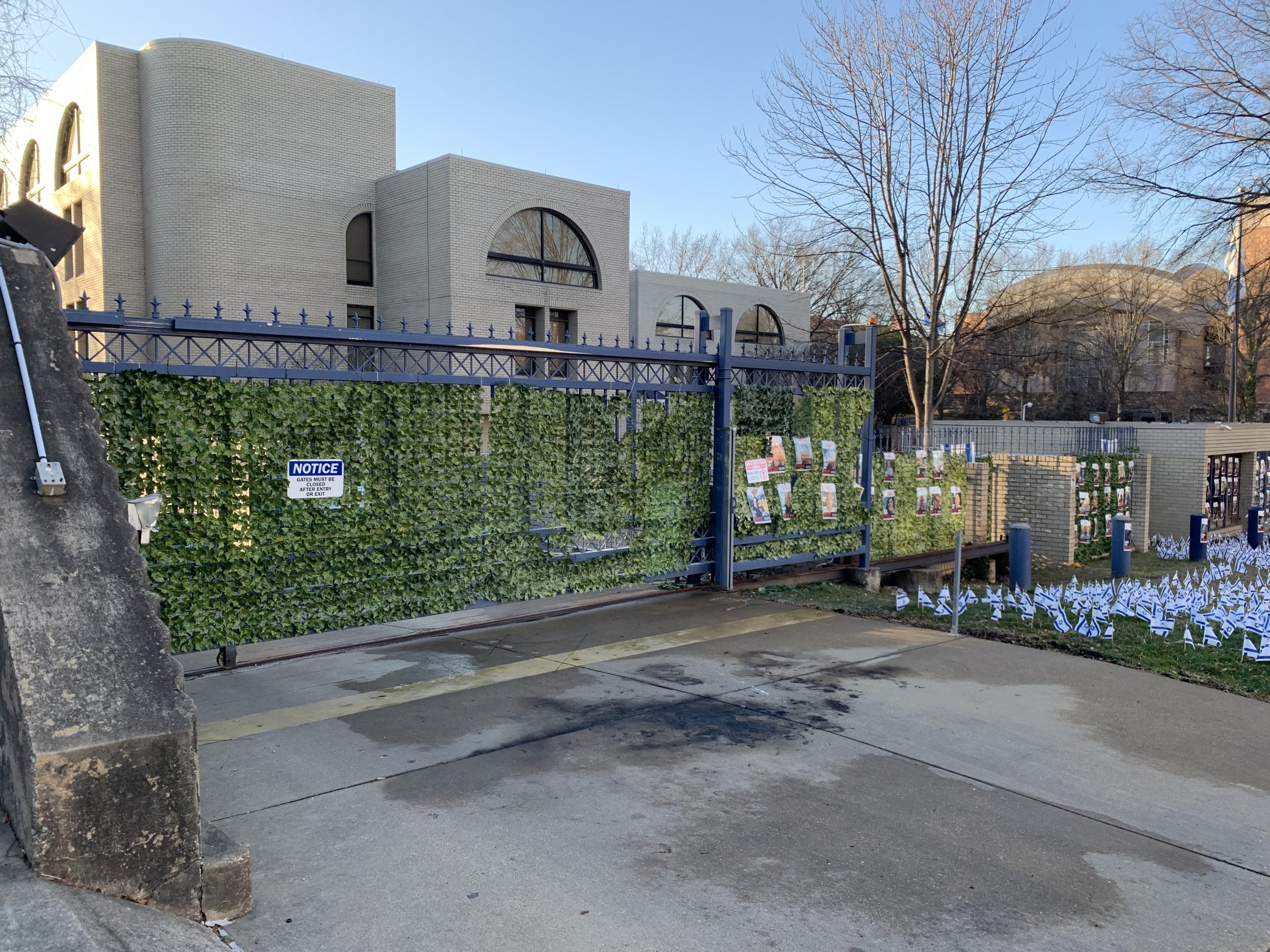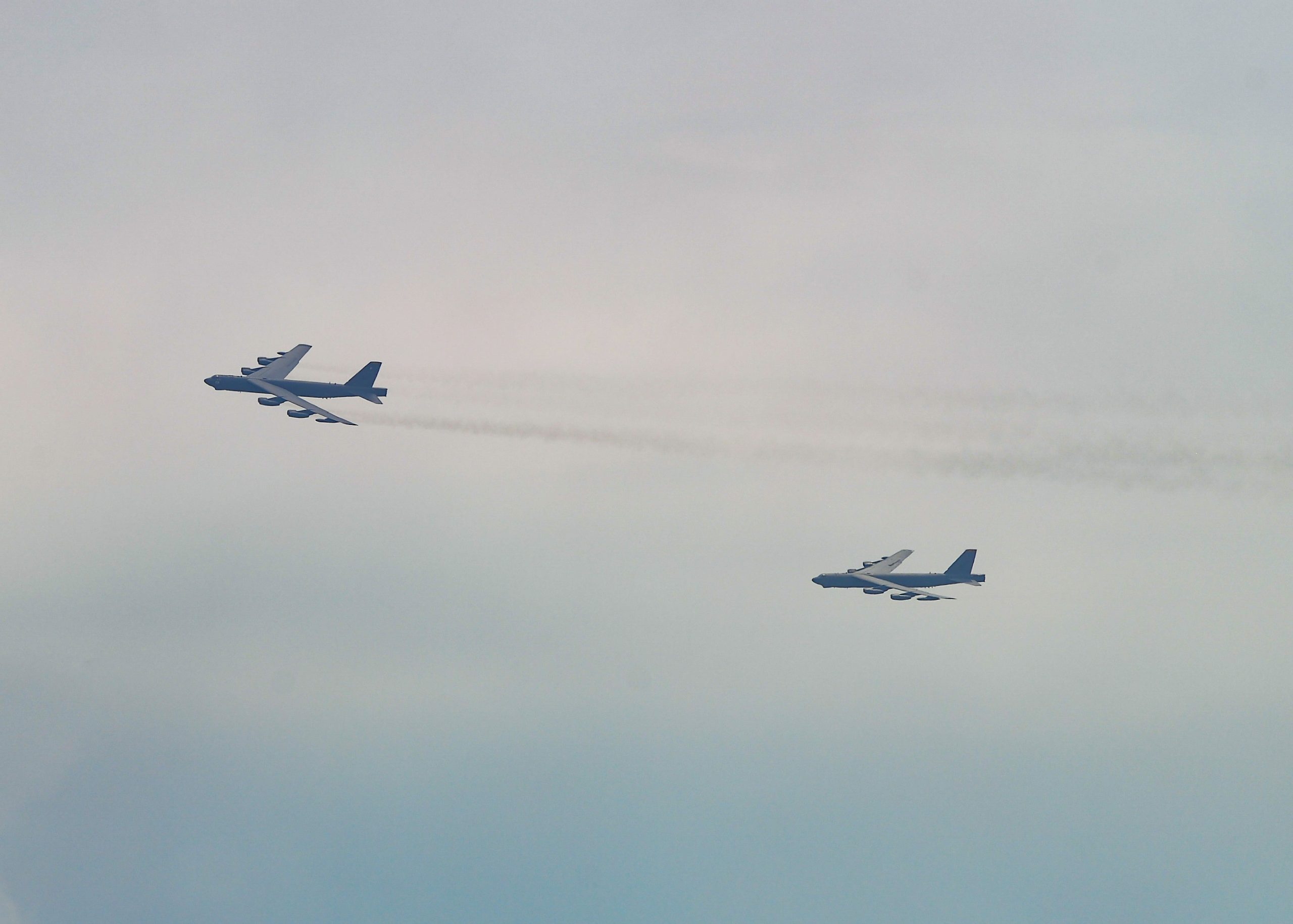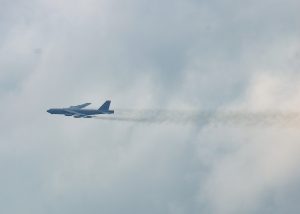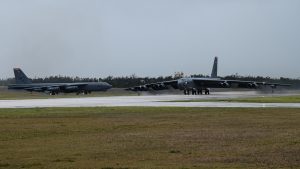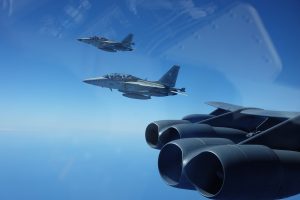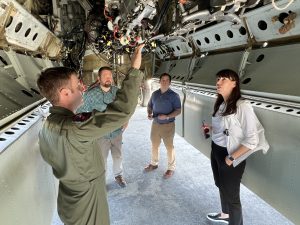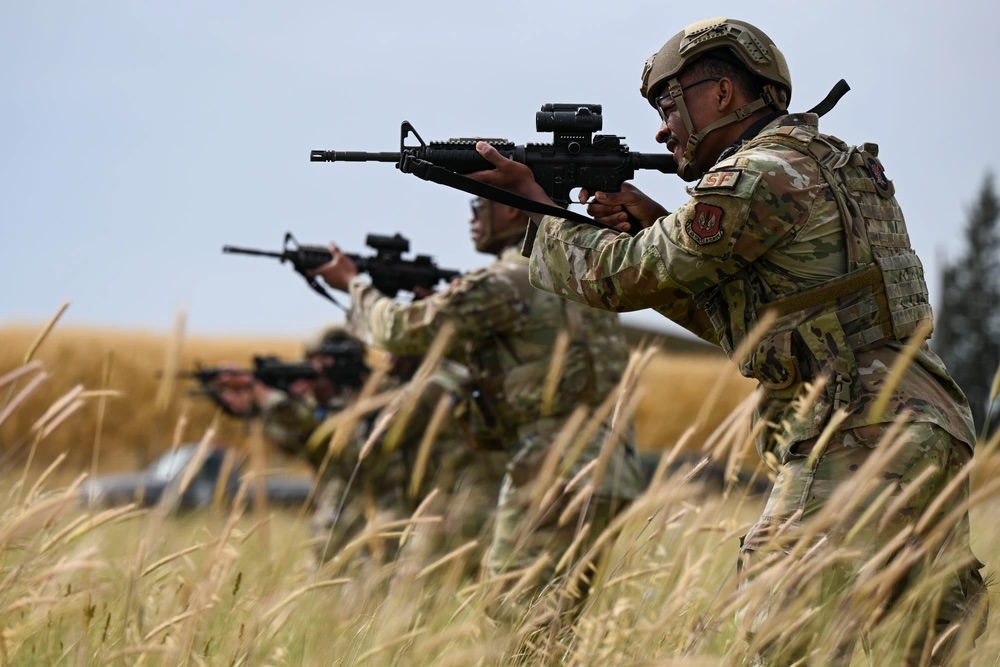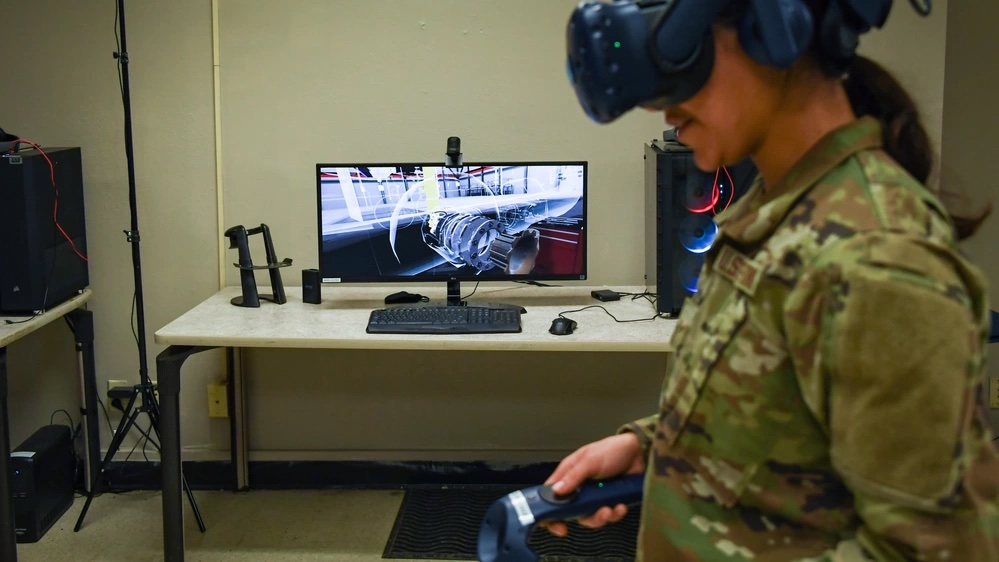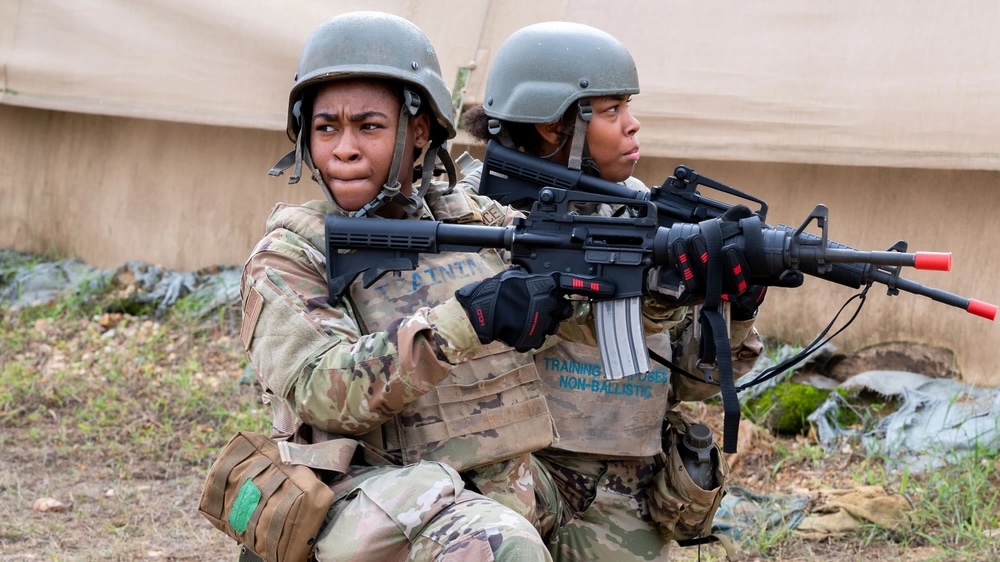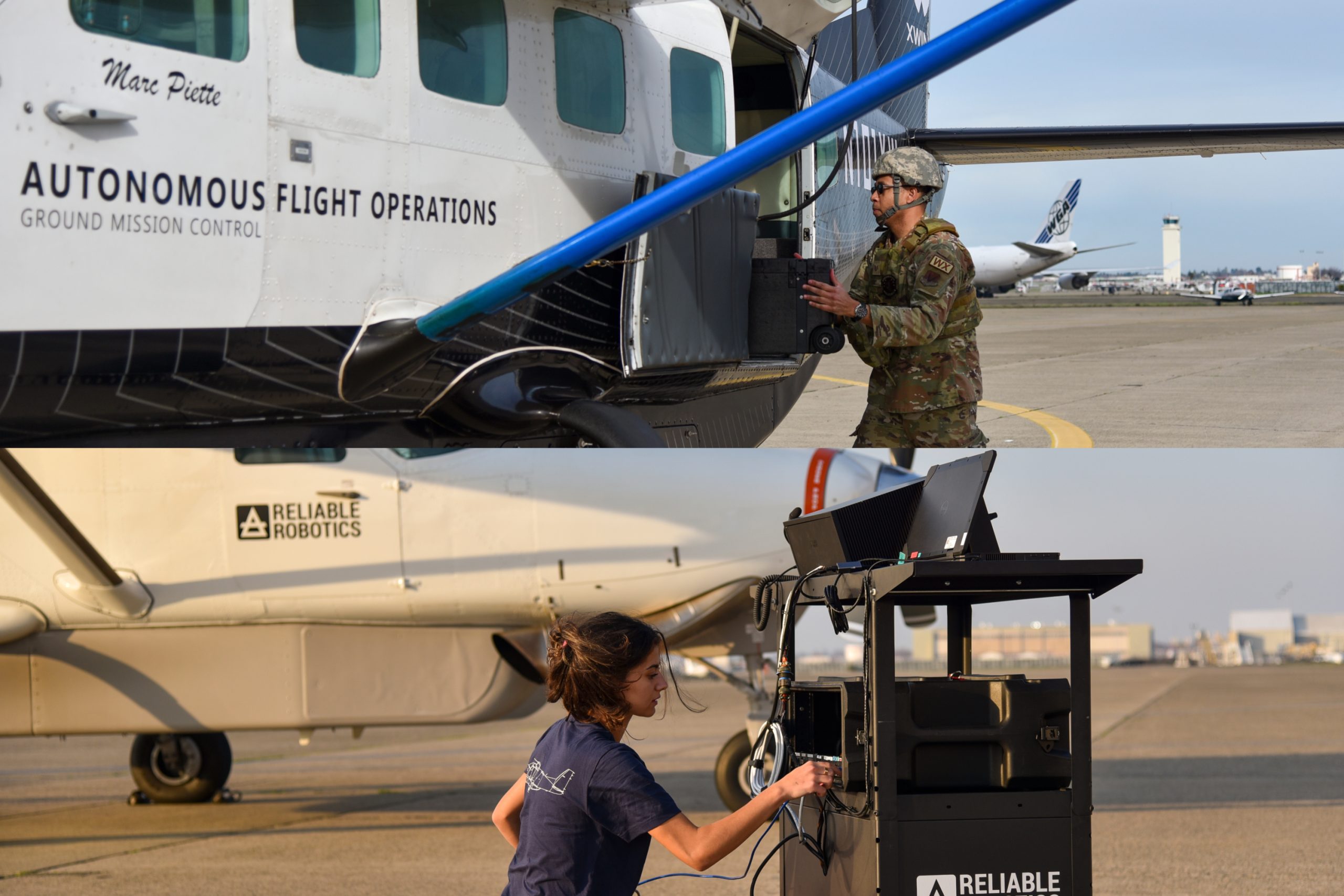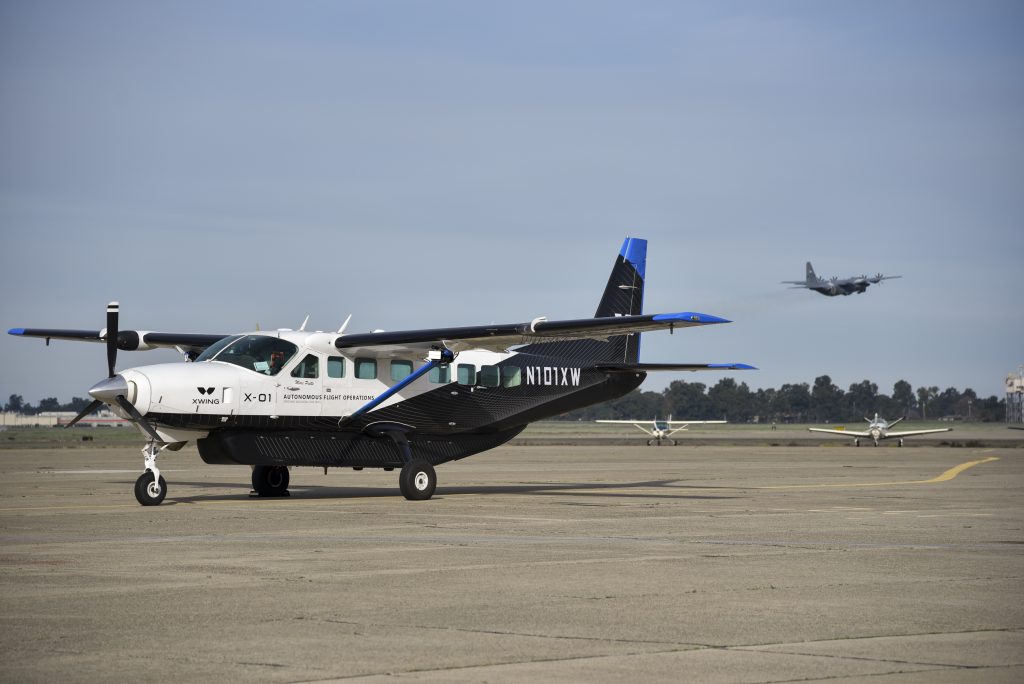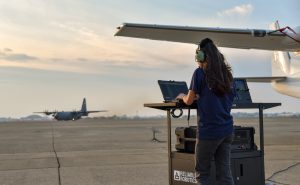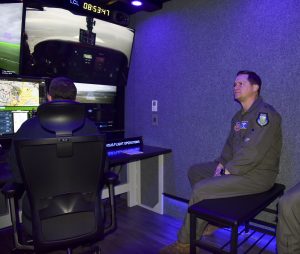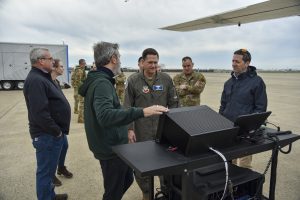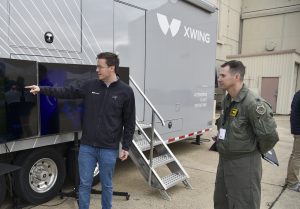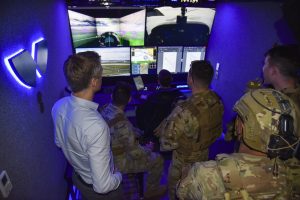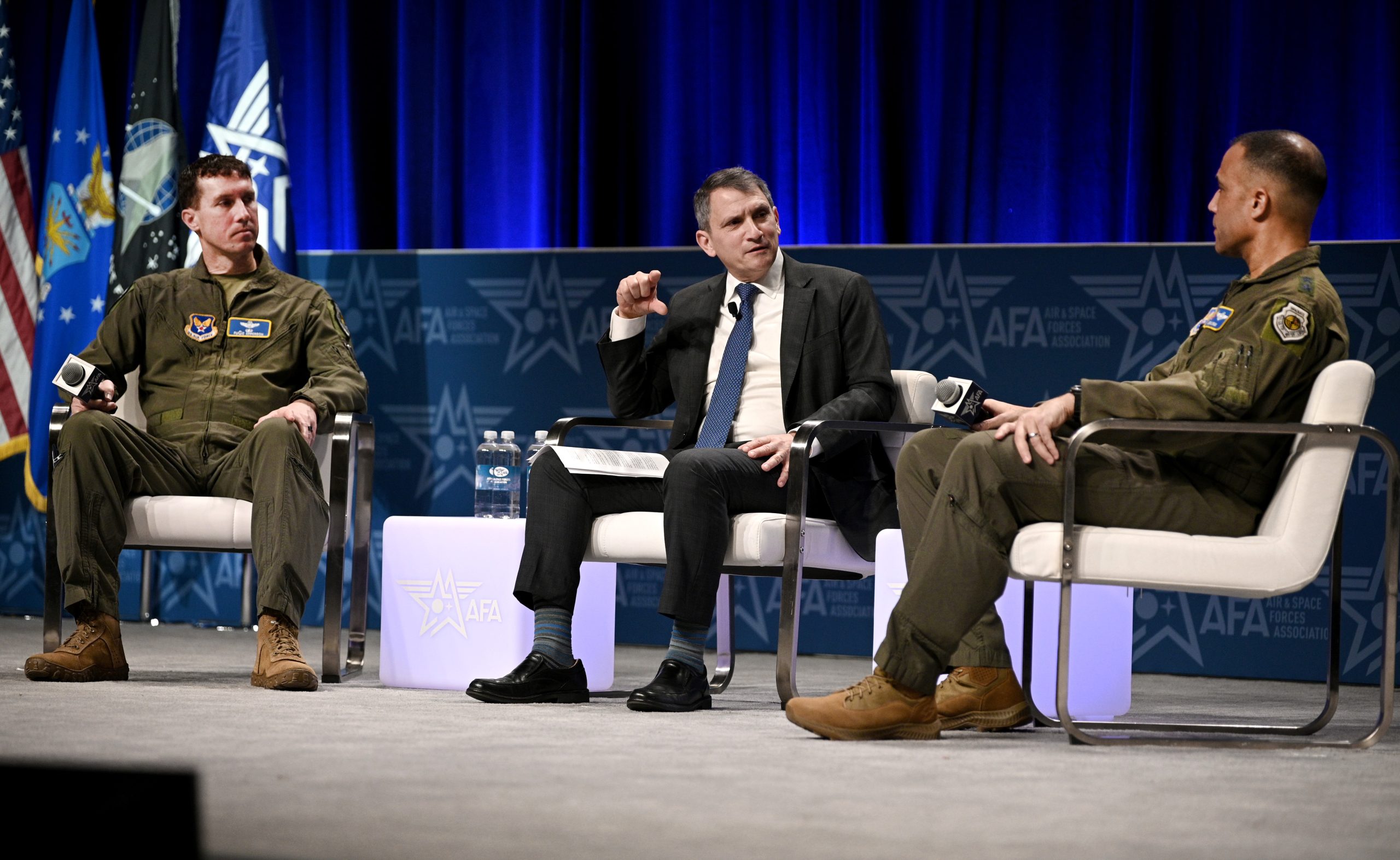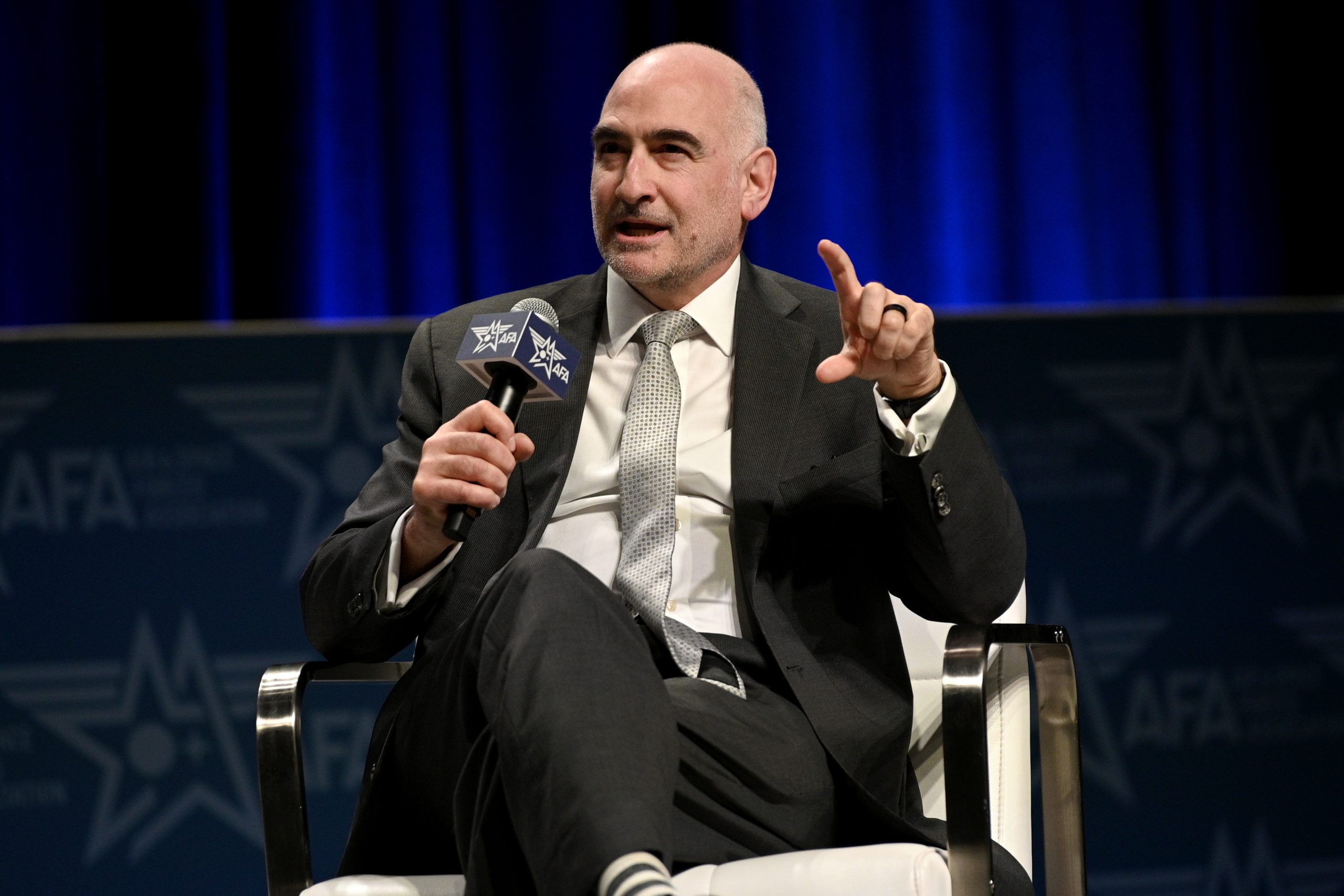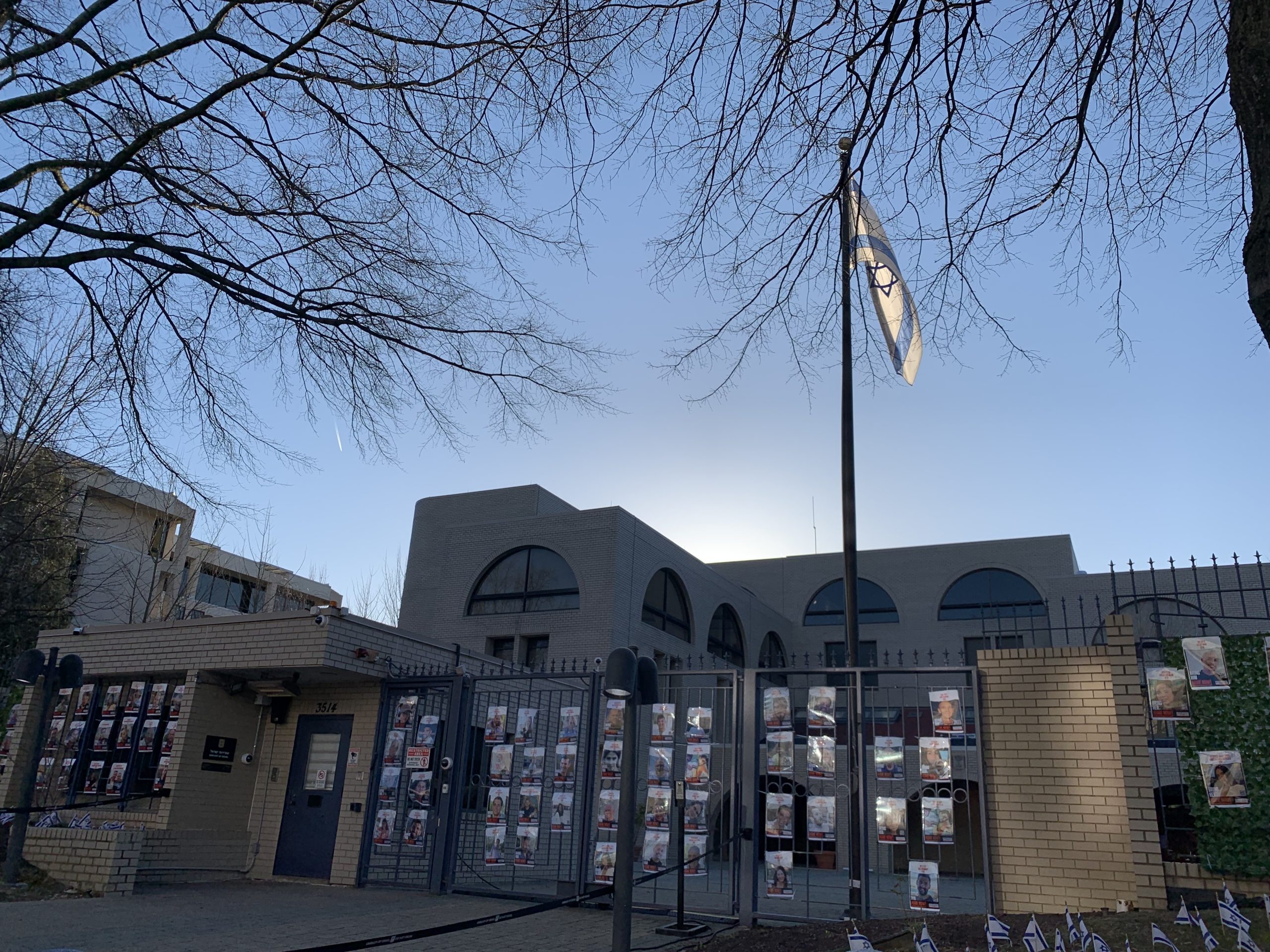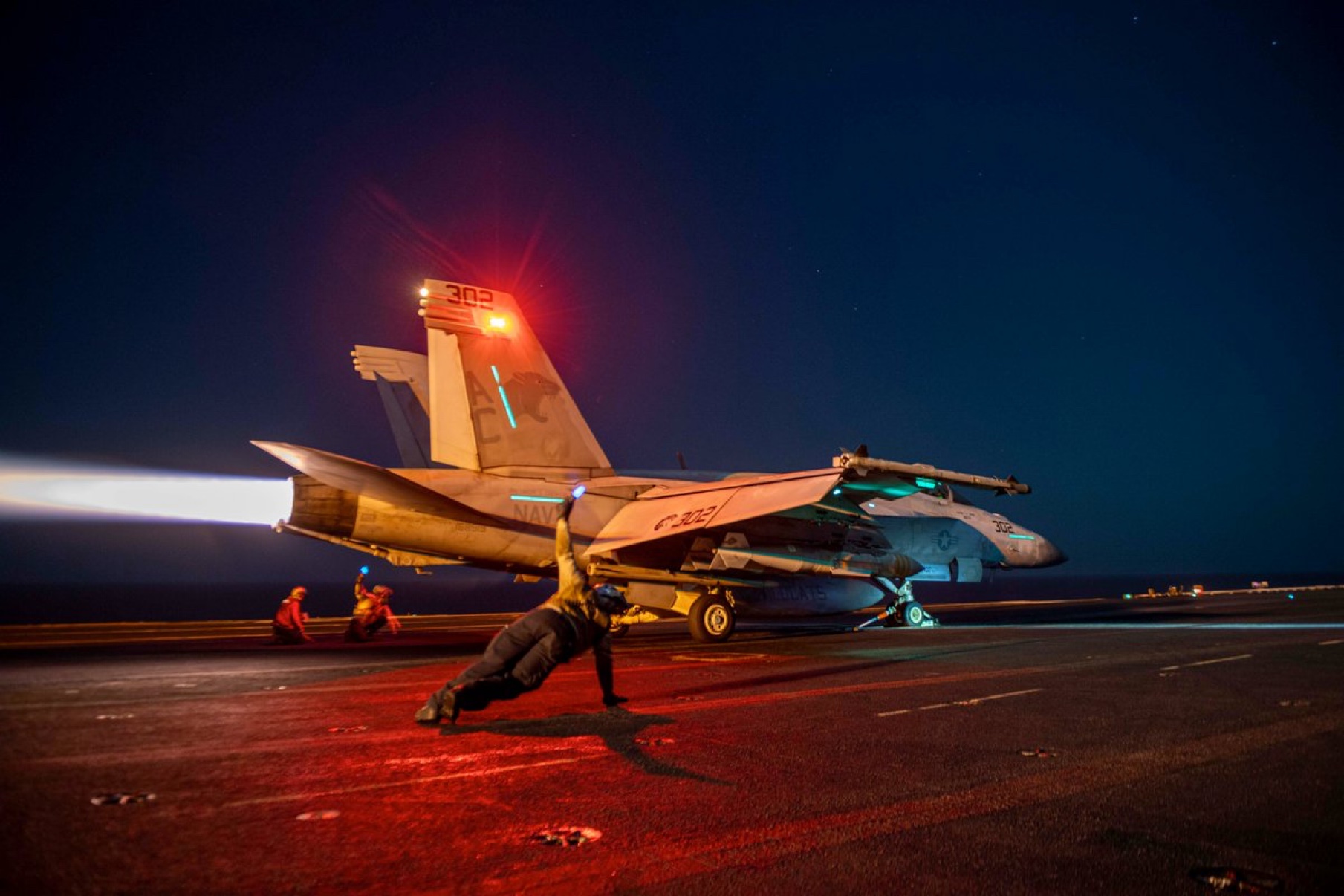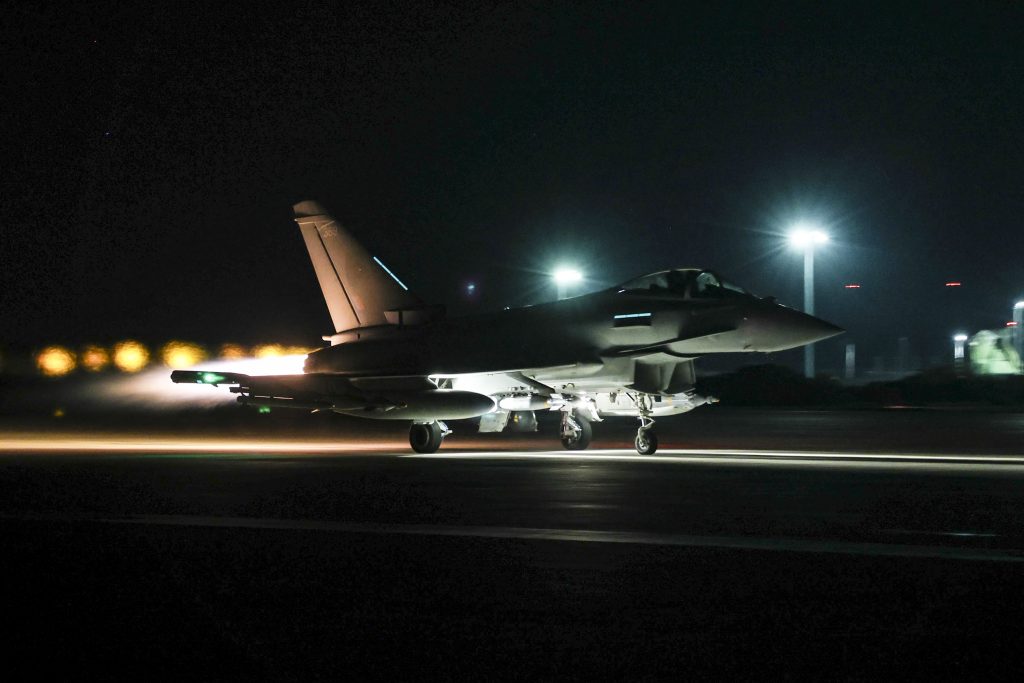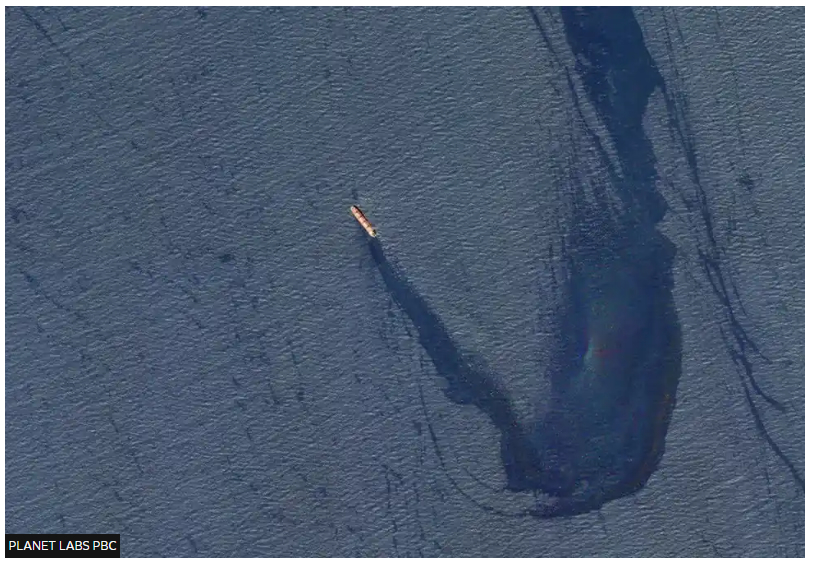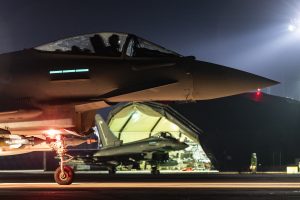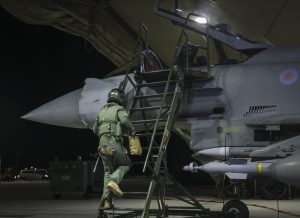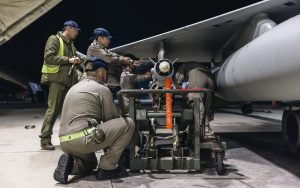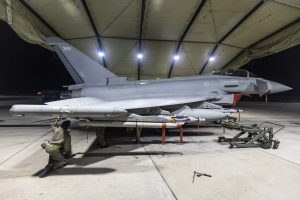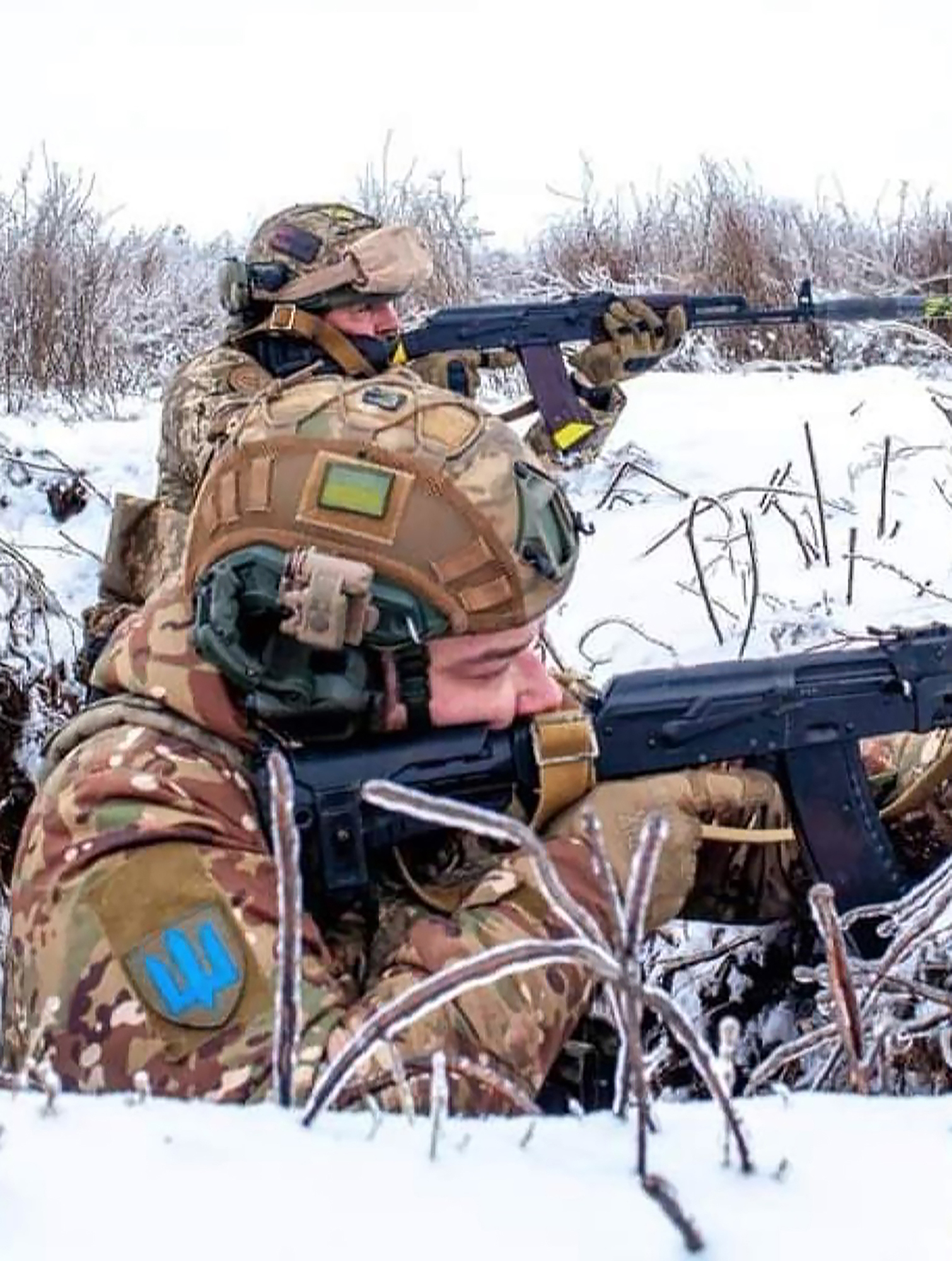The Air Force identified the Airman who died after setting himself on fire in front of the Israeli Embassy on Feb. 25 as Senior Airman Aaron James Bushnell, a cyber defense operations specialist assigned to the 70th Intelligence, Surveillance and Reconnaissance Wing.
Originally from Whitman, Mass., the 25-year-old Bushnell first joined the Air Force on May 5, 2020. His duty station was the 531st Intelligence Support Squadron at Joint Base San Antonio-Lackland, Texas. His duty title was innovation services technician, and his decorations included the Meritorious Unit Award, National Defense Service Medal, Air Force Good Conduct Medal, Global War on Terrorism Service Medal, and Air Force Training Ribbon.
“When a tragedy like this occurs, every member of the Air Force feels it,” Col. Celina Noyes, commander of the 70th ISR Wing, said in a statement. “We extend our deepest sympathies to the family and friends of Senior Airman Bushnell. Our thoughts and prayers are with them, and we ask that you respect their privacy during this difficult time.”
The incident is still under investigation. An online video showed Bushnell wearing a military uniform and shouting ‘free Palestine,’ as he burned, multiple outlets reported. The incident took place at around 1 p.m. on Feb. 25, according to Washington D.C. police, who are investigating the incident along with the U.S. Secret Service and the Bureau of Alcohol, Tobacco, Firearms, and Explosives. The Airman was taken to a hospital but died from his injuries overnight.
Bushnell was raised in a strict religious compound in Massachusetts, The Washington Post reported, with friends saying he expressed disapproval of U.S. military support for Israel’s invasion of Gaza. His final act caught his friends by surprise, the Post reported. New Hampshire TV station WMUR News reported that Bushnell was an engineering student at Southern New Hampshire University and had pre-registered for the upcoming term that starts next week.
About 1,200 people were killed when the militant group Hamas attacked Israel from Gaza on Oct. 7. Israeli troops invaded Gaza later that month, and about 30,000 people have been killed since then. The U.S. has supplied Israel with weapons and military equipment. The conflict has threatened to escalate as Iran-backed militia groups across the Middle East began lashing out at commercial shipping off the coast of Yemen and at U.S. troops stationed in Iraq, Syria, and Jordan, where three American soldiers were killed in a drone attack in January.
The U.S. and U.K. have responded with airstrikes, including several on Feb. 24 that were meant to weaken the Houthis, an Iran-backed rebel group that has attacked commercial shipping off the coast of Yemen since November.
Editor’s note: The story has been updated with more recent information on Bushnell’s decorations.
